NUREMBERG
A RENAISSANCE CITY, 1500-1618 by Jeffrey Chipps Smith
Published for the Archer M. Huntington Art Gallery, The University of Texas at Austin

University of Texas Press
Copyright 1983 by the University of Texas Press
All rights reserved
First Edition, 1983
Requests for permission to reproduce material from this work should be sent to Permissions, University of Texas Press, Box 7819, Austin, Texas 78712.
utpress.utexas.edu/index.php/rp-form
Library of Congress Cataloging in Publication Data
Library ebook ISBN: 978-1-4773-0637-6
Individual ebook ISBN: 9781477306376
DOI: 10.7560/755277
Smith, Jeffrey Chipps, 1951-
Nuremberg, a Renaissance city, 1500-1618.
Catalog of an exhibition held at the Archer M. Huntington Art Gallery at the University of Texas at Austin.
Bibliography: p.
Includes index.
1. Art, GermanGermany (West)NurembergExhibitions. 2. Art, RenaissanceGermany (West)NurembergExhibitions. 3. Reformation in artGermany (West)NurembergExhibitions. 4. Nuremberg (Germany)CivilizationExhibitions. I. Archer M. Huntington Art Gallery. II. Title.
N6886.N9S64 1983 709.4332 83-10559
ISBN 0-292-75527-9
Contents
This exhibition is supported by an indemnity from the Federal Council on the Arts and the Humanities. Transportation from Germany was provided by the Foreign Office of the Federal Republic of Germany
As the University of Texas at Austin celebrates its centennial, it is particularly appropriate that the Archer M. Huntington Art Gallery focus on one of the most visible of European nations, Germany. During the one hundred years of the Universitys existence, descendants of German settlers in Texasone of the four major ethnic groups to immigrate to the Republic during the nineteenth centuryhave long supported and attended this state university. To recognize their ancestors contribution to the visual arts is only fitting, and it is with great pleasure that the Huntington Art Gallery looks to the city of Nuremberg during the years 1500-1618.
When Jeffrey Chipps Smith, assistant professor of art and a specialist in northern European Renaissance and Baroque art, proposed a major international exhibition focusing upon approximately one hundred years in Nurembergs history, enormous obstacles presented themselves. All were overcome: funding, borrowing objects from museums and collections in the United States, Canada, and Germany (some 21 in all), producing the catalogueto name only the most formidable. To Professor Smith, who was part of the museum staff during the organization of the exhibition and the writing of the catalogue and who traveled diligently throughout the United States and Germany seeking the objects, the Huntington Art Gallery staff expresses its thanks for his dedication both to scholarship and to quality. Also, for his insightful essay on the historical background of the city of Nuremberg, we are grateful to Guy Fitch Lytle, assistant professor of history at the University of Texas at Austin.
During the one hundred years on which this exhibition focuses, painting, sculpture, printmaking, metalsmithing, and architecture were thriving, bringing Nuremberg to the forefront of artistic achievement in northern Europe. This creative thrust began with Drer early in the sixteenth century and ended with Jamnitzer. Mercantilism and the Protestant Reformation combined to create an ambience in which the visual arts flourished.
Exhibitions at a university serve many purposes, all educational and all a part of our instructional mission as a visual arts resource. Nuremberg: A Renaissance City, 1500-1618 was officially designated a University of Texas centennial exhibition by the Centennial Program Office under the direction of Vice-President Shirley Bird Perry. To her and her staff go the sincere appreciation of the gallery for her recognition of the important scholarly contribution this exhibition provides. Financial support from an Arts and Artifacts Indemnity Program (administered by the Museum Program of the National Endowment for the Arts), the Federal Republic of West Germany, and the Archer M. Huntington Museum Trust Fund made the exhibition possible. On behalf of the Huntington Art Gallery, I want to thank the Spencer Museum of Art at the University of Kansas and the University Art Museum at the University of California, Santa Barbara, for joining us in exhibiting these works. Having brought the objects so far geographically for the benefit of our students, we are delighted to share them with our university colleagues.
No exhibition of this magnitude can become a reality without the dedicated effort of an entire working-museum staff. Everyone at the Huntington Art Gallery who has been involved with the complexities of this exhibition deserves our sincere appreciation. On behalf of the Huntington Art Gallery, we invite you to enjoy this visually stimulating and scholarly accomplishment.
Eric McCready
Director
When discussing the Renaissance in Germany, art historians always cite Nuremberg and Augsburg as the two outstanding cultural centers of the sixteenth century, yet few critics have attempted to define either what qualities or what personalities made these two towns so important. Others have viewed art in Nuremberg as a one-man, one-act play starring Albrecht Drer. While Drer was unquestionably the most brilliant Nuremberg artist, the citys artistic vitality continued long after his death in 1528. When I originally proposed this exhibition to Eric McCready, director of the Archer M. Huntington Art Gallery at the University of Texas at Austin, I envisioned a small display of prints and drawings by Drer, his pupils, and their immediate successors. The scope of the exhibition grew in direct relation to my fascination with the art of Peter Fltner, Wenzel Jamnitzer, and a host of others who were highly esteemed in their own lifetimes yet are comparatively unknown even to Renaissance art historians, who tend to focus upon Drers generation.
The purpose of the exhibition is to provide a general introduction to Nuremberg, its artists, and its cultural history between 1500 and 1618, the start of the Thirty Years War. This is a case study of the dynamics of one city from the advent of the Renaissance through the social and political upheavals of the Reformation to what one might call a conservative, comfortable old age in which its lead in artistic matters, bit by bit, passed to Augsburg, Munich, and Prague. I have referred to this entire period as the Renaissance because of the remarkable continuity of its artistic tradition. The term Mannerism is used here to define the style of one phase of the Renaissance rather than a distinctive era.
Many significant issues and avenues of research cannot be addressed adequately within the time and space constraints of the present catalogue. For example, Drers considerable influence on the other arts has been discussed only briefly. While I have not examined Nuremberg and its artists in a vacuum, I have not attempted to write an analytical study comparing Nuremberg with other towns, each of which had its own particular response to the cultural transformations of the period. Instead, my hope is that the information I have provided in the catalogue will be of service to others who are preparing more specialized research.
This exhibition catalogue is the first English-language study of the artistic patrimony of Nuremberg between 1500 and 1618. My research has been aided by the many excellent catalogues published by the Germanisches Nationalmuseum and the Stadtgeschichtliche Museen in Nuremberg; however, none has the same focus as the present exhibition.

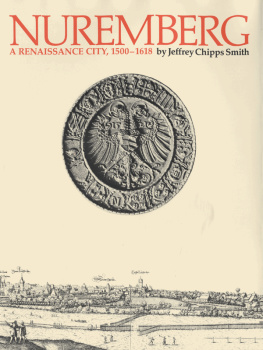
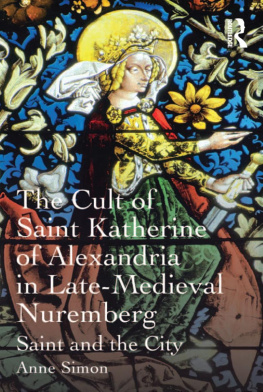

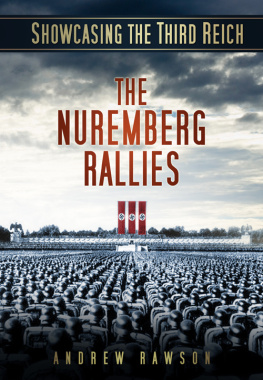
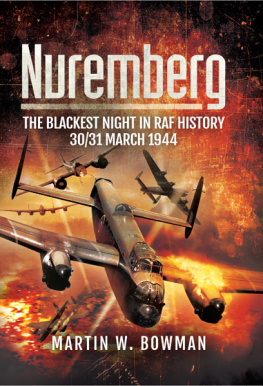
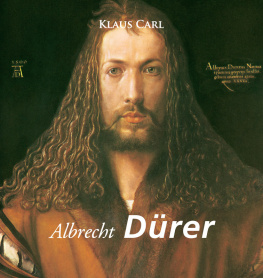
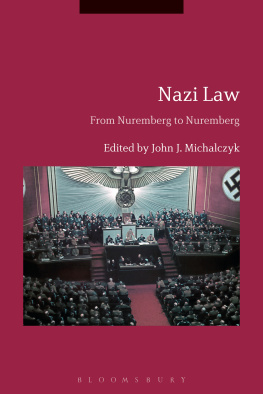

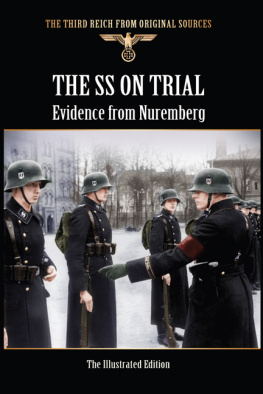
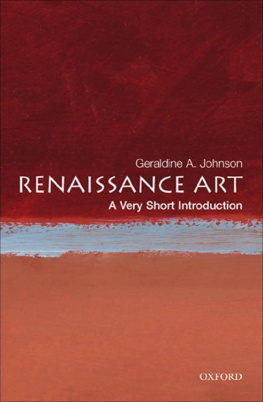
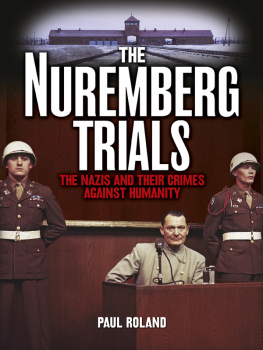
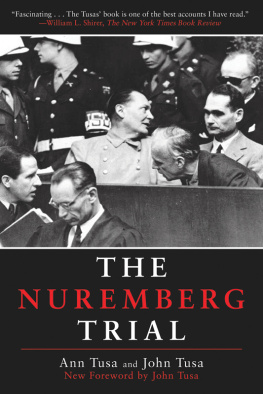

 University of Texas Press
University of Texas Press